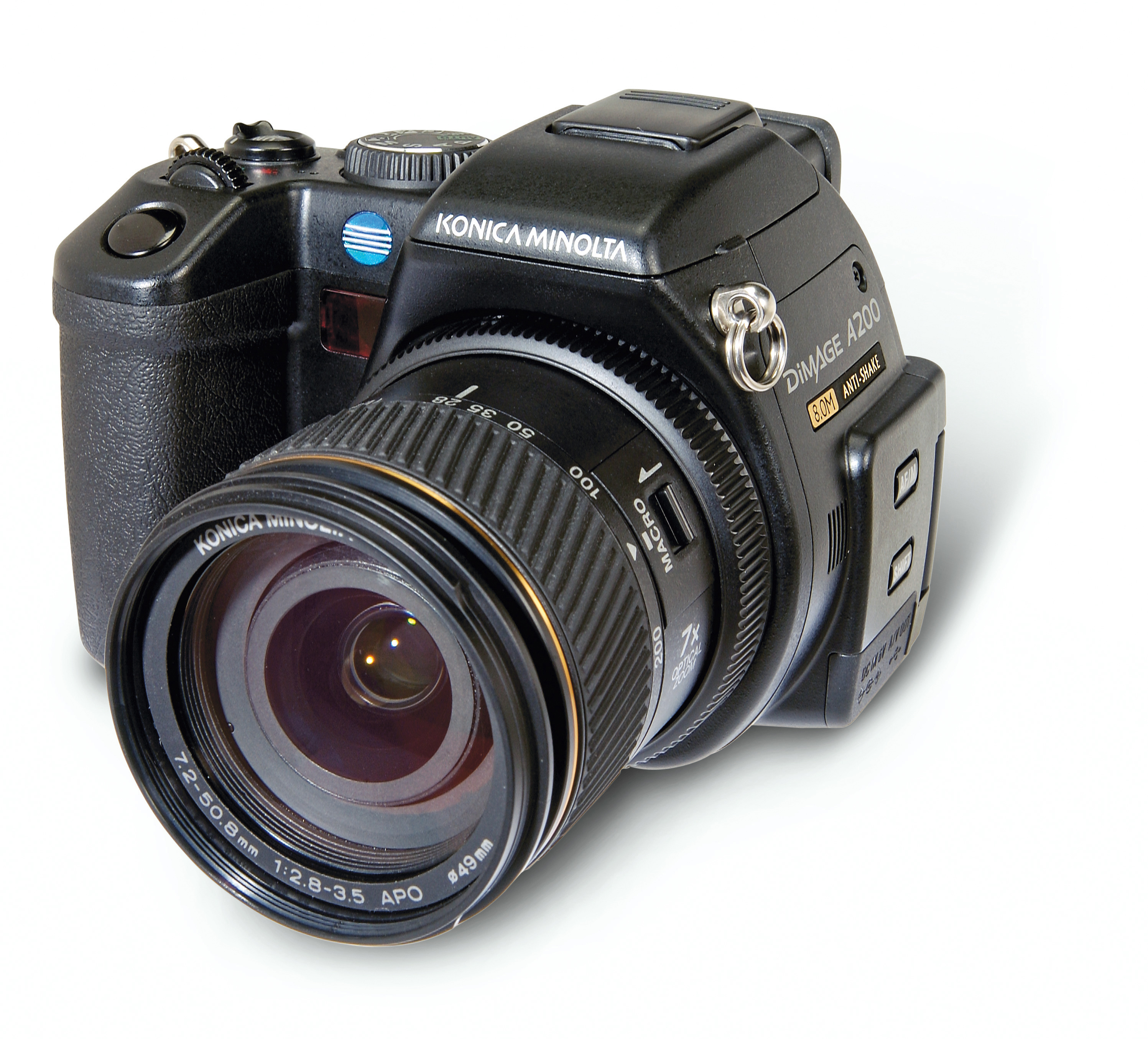TechRadar Verdict
At £40 less than either the Canon Pro 1 and Nikon 8400, this camera is lovely to use and produces cracking images.
Pros
- +
Excellent images
Cons
- -
No memory card supplied
Why you can trust TechRadar
In direct competition with the Canon Pro 1, this is a camera aimed at serious photographers who nevertheless want compact convenience and a lower price than offered by a digital SLR and its collection of lenses. Build quality is everything you'd expect from a 'top of the range' compact and, while the A200 doesn't feel quite as rugged as the Pro 1, its plethora of control buttons are extremely clearly labelled and ergonomically perfect.
The A200 is packed with creative features, from wide-ranging automatic and manual exposure and focus modes to a vari-angle LCD. However, there are three things that put it at the top of the class for real-world use. The first is that the high performance 28- 200mm GT APO lens features a built-in anti-shake system which, in our tests, worked beautifully.
The second is that unlike the Canon Pro 1 and Fujifilm S7000, the electronic viewfinder is wonderfully smooth when panning, equalled only by the Nikon 8400. Thirdly, it's the only camera in the test which features a manual zoom ring on the lens for unrivalled precision.
Power is delivered from a proprietary lithium-ion cell, with enough capacity for 260 shots between recharging. Memory takes the form of CompactFlash cards, which you need to buy separately as one isn't supplied with the camera.
In our tests, the A200 gave the best results of any camera in the class for sharpness through the whole optical zoom range. While doing this, the A200 was able to keep image noise to a minimum. Colour rendition was excellent for vivid hues and pastel shades alike, and tonal range proved to be superb. Matthew Richards
Via PhotoRadar
Tech.co.uk was the former name of TechRadar.com. Its staff were at the forefront of the digital publishing revolution, and spearheaded the move to bring consumer technology journalism to its natural home – online. Many of the current TechRadar staff started life a Tech.co.uk staff writer, covering everything from the emerging smartphone market to the evolving market of personal computers. Think of it as the building blocks of the TechRadar you love today.
